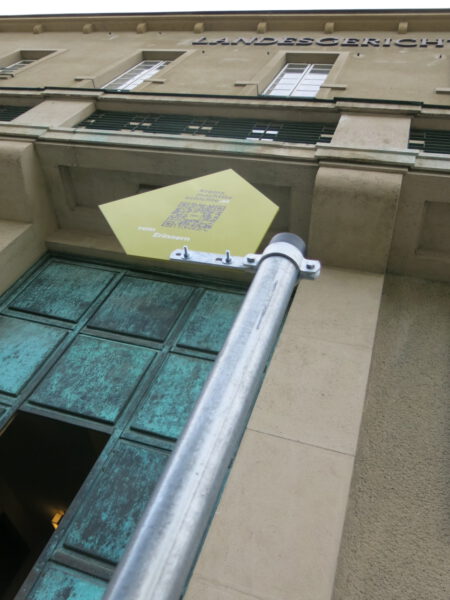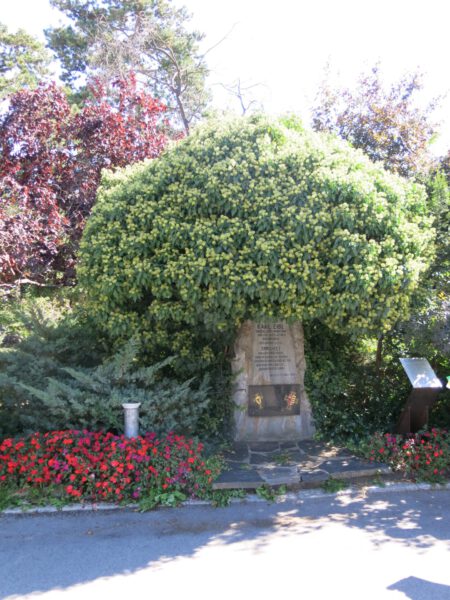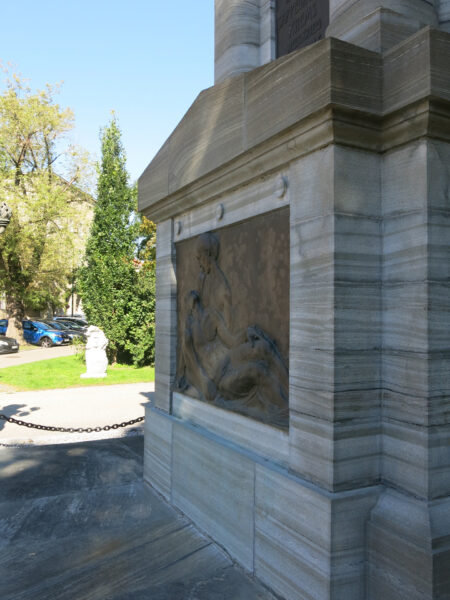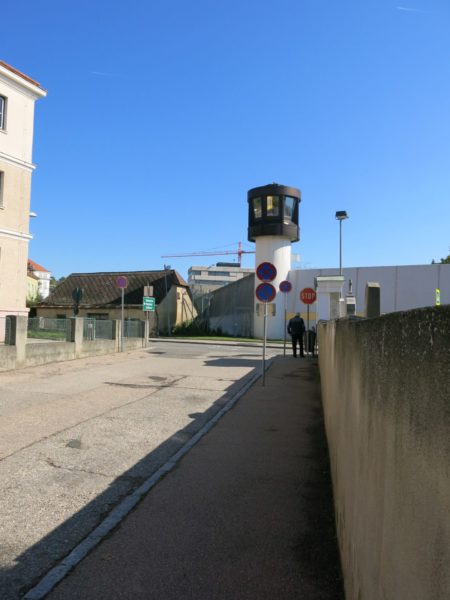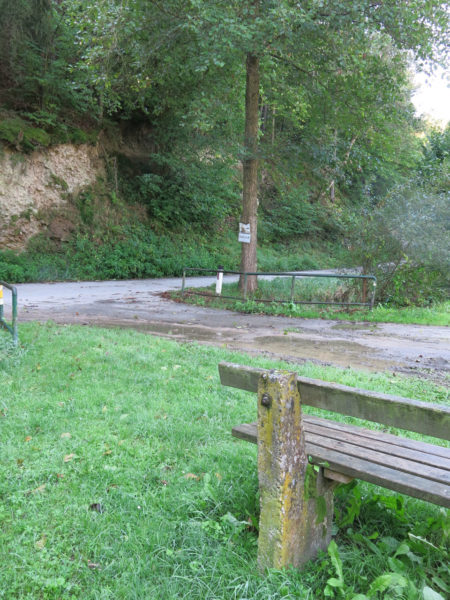After the National Socialist regime met its end, fascistic thinking still remained alive in Austria. In the years following 1945, many people who had held office under the Nazis were able, following a brief interruption, to resume their work. One particularly striking example of this kind of continuity in Krems is Max Thorwesten, who was mayor of Krems for five years after the socalled “Anschluss”, or annexation of Austria to Germany, in 1938. In 1969 he was re-elected and took office for another seven years.
To speak of continuity also means to discuss the prehistory of Nazism – and Krems as a central site for the preparatory work for Nazi rule in Lower Austria. For example, after the local elections of 1932, Krems was the first Austrian city to have an NSDAP mayor. In March of the following year, Engelbert Dollfuß began ruling as Chancellor without Parliament. His Austrofascist dictatorship refused to annex itself to Nazi Germany and, after an attack by paramilitaries from the Nazi SA on Austrian auxiliary policemen in Alauntal, near Krems, prohibited the Nazi Party throughout Austria. For Austrian Nazis, this ban became a pretext for violence, acts of terror and later attempted coups. During this period Josef Leopold, who would later become Nazi Gauleiter of Lower Austria, coordinated the party throughout Austria from Krems. In March 1938, when the Nazis seized power, Krems was designated “Gau capital” of Lower Danube.
Some continuities can take complicated routes. One of this is the Julius Raab monument at the edge of the city park. In place since 2016, this statue honours the “State Treaty Chancellor”, who is presented in military uniform. The monument is close to the Sappers and Pioneers Memorial, in front of which Julius Raab, then in his capacity as leader of the Heimwehr militia, once stood and threatened the destruction of the Social Democratic movement. This newly erected statue, through the simple fact of its proximity to this site, makes visible continuities in the careers of politicians beginning under Austrofascism and active again in the postwar Second Republic.
Through monuments like this, through street names and even through places that have been made invisible or destroyed, history lives on into the present. The comprehensive destruction of the station district, for example, remains tangible today because almost all the buildings there date from the postwar period. At other sites, the persistence of fascist thought can be detected in public space, and engaging with these makes it possible to document, analyse and actively counteract this continuity through the work of critical history.
